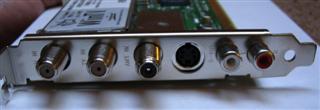ATSC/NTSC Combo Tuner Round Up

As part of the upcoming 2009 digital TV transition the final phase of consumer electronics compliance was put into effect last month: any TVs, DVRs, etc. made from this point forward must also include an ATSC tuner. For the HTPC world this means that any PC TV tuner made from this point forward must have an ATSC tuner in addition to the NTSC one. Today I look at two ATSC/NTSC combination TV cards from two well known names in PC TV tuners: Hauppauge and AVerMedia.
What is a ‘combo’ ATSC/NTSC Tuner?
There are two terms used in the ATSC/NTSC tuner market, while the definitions aren’t 100% agreed upon, there is a general trend for their usage. The first term is ‘hybrid‘ which is a rather simple design where the tuning module is a hybrid ATSC and NTSC tuner, this arrangement is an "either/or" setup: either you tune an analog channel (NTSC) or you tune a digital channel (ATSC). ‘Hybrid‘ tuners are not desirable as they force you to choose one or the other, what is more these cards are often less compatible with MCE 2005 which expects to see a dedicated analog tuner alongside the digital tuner, in a hybrid design the analog tuner suddenly disappears/is locked from use when a digital TV channel is tuned.
The more desirable type of ATSC and NTSC tuner card is referred to as a ‘combo‘ tuner. A ‘combo‘ tuner is designed so that there are separate, dedicated, analog and digital tuners on the card, thus they can be used independently. What is more, these cards normally have hardware encoding for the analog TV portion, the same can’t be said of ‘hybrid’ cards.
What is reviewed here are true ‘combo’ tuners with dedicated NTSC and ATSC tuners, this will become obvious from the pictures of the cards in the next section.
AVerMedia M780 Overview
AVerMedia M780
The AVerMedia design is PCI Express x1, thus making this card attractive to anyone with a newer system with unused PCI Express slots, and thanks to dearth of PCIe x1 peripherals this would be most people with a recent Media Center PC.
The M780 uses a Micronas APB 7202A nGene chip as its’ host bus interface chip. For digital TV AVerMedia went with a well proven option: LG’s "5th Generation" DT3303 ATSC demodulator, this is the same family of chips the popular DVICO Fusion 5 series uses. This means it should have good multi-path interference compensation. The final component is the NEC µPD61153, an analog TV hardware MPEG2 encoding chip, which was also used on AVerMedia’s excellent AverTV Purity 3D 250 that I reviewed over at HTPCnews last summer.
Support for the M780 is quite good under Windows: SageTV, BeyondTV, GB-PVR, and of course Windows Media Center 2005 and Vista all work with it. Linux support is a bit more bleek because of the fact that the PCI Express host interface chips are so new it takes quite a bit of time to get open source drivers developed.
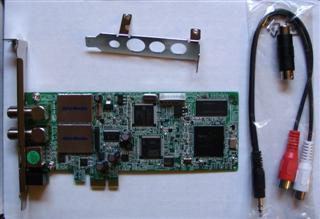 |
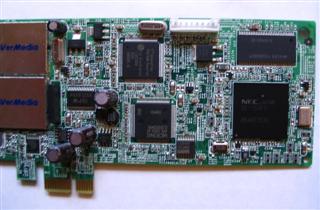 |
|
The M780 with low-profile bracket and line-in audio and composite video adapters |
The chips on the M780 |
 |
|
|
The ports: analog TV, digital TV, s-video, audio line-in |
The card itself is low profile and so forgoes RCA (phono) style audio input as well as a dedicated composite video jack. Nicely, AVerMedia includes a stereo mini-jack to RCA cable for the audio line-in and an s-video to composite video adapter. Oddly enough, like all other AVerMedia white box products I’ve dealt with, no driver CD is included, instead the URL to drivers is printed on the top of the box.
Hauppauge HVR-1600 Overview
Hauppauge HVR-1600
Hauppauge has also released a combo tuner of their own. This is a more traditional classic PCI design.
Hauppauge sticks with their favorite integrated circuit vendor, Conexant, for this card. The design is made entirely of Conexant chips. The Conexant CX23418 is the TV broadcast decoder, MPEG2 encoder, and host bus interface chip. The CX23418 is the next generation of the CX23416 that was used on PVR-150/500 series, it combines the hardware encoding engine of the CX23416 with the broadcast decoder and bus interface of the CX25843 into one chip. The only other chip worth mentioning is the new Conexent CX24227 ATSC demodulator used for digital TV reception.
Support for the HVR-1600 is quite good under Windows: SageTV, BeyondTV, GB-PVR, and of course Windows Media Center 2005 and Vista all work with it. Linux support is supposed to be coming… slowly.
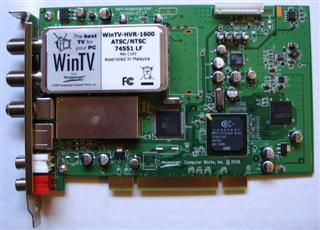 |
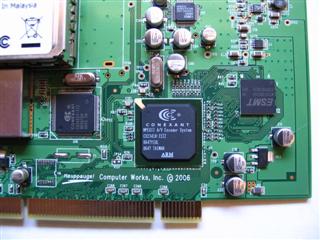 |
|
The HVR-1600 — OEM version |
The chips on the HVR-1600 |
|
|
|
|
The ports: FM, analog TV, digital TV, s-video, R/L audio |
The card I reviewed is technically the OEM varient that for all intents and purposes is the "MCE" version of the card, I also had a retail boxed sample available but did not bother to put it in my test bench. Like previous "MCE" models the Hauppauge proprietary remote/IR blaster jack is replaced by dedicated stereo RCA (phono) audio plugs for the line-in and an FM tuner is added. Otherwise the OEM "MCE" and retail boxed cards are identical, both use the same drivers. Neither feature a dedicated composite video input, so an adapter is needed, both the retail (model# 1178) and "MCE" whitebox (model# 1101) versions include an adapter. The retail box version leaves out a stereo mini-jack to RCA cable for the audio line-in. The oversight of this adapter seems a bit silly, it can’t cost much to include it in the box.
CORRECTION: The sample I recieved was a bare card however what is being sold by PC Alchemy is a full whitebox version with an s-video to composite adapter plus an FM antenna, driver CD, and manual leaflet.
Analog Testing — S-video
Analog Testing
EDITORS NOTE: To see the details of how we test the analog tuner please read the staff blog on the subject titled Analog TV Tuners — How We Test.
s-video
| Piccadilly Circus Billboard | |
| M780 | HVR-1600 |
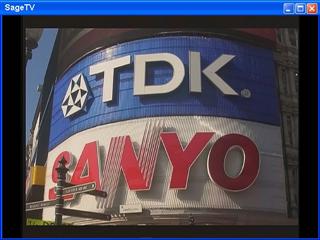 |
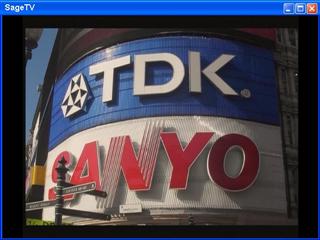 |
| 7 Ire Color Bars | |
| M780 | HVR-1600 |
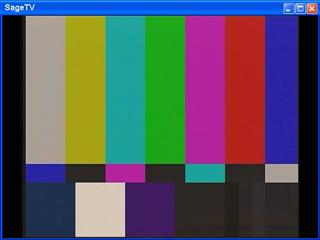 |
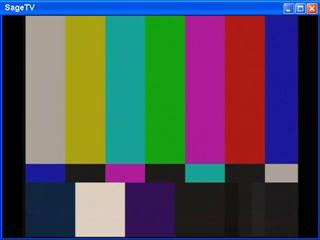 |
| Gray Bars | |
| M780 | HVR-1600 |
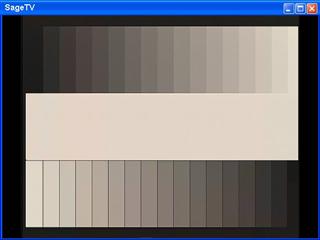 |
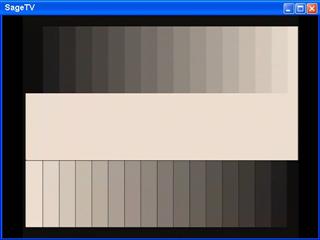 |
| Resolution Chart | |
| M780 | HVR-1600 |
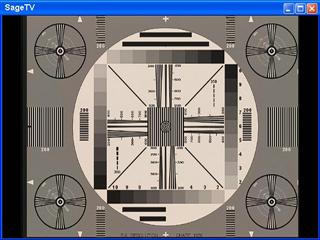 |
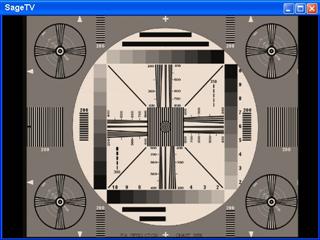 |
Analog Testing — Composite video
composite video
| Piccadilly Circus Billboard | |
| M780 | HVR-1600 |
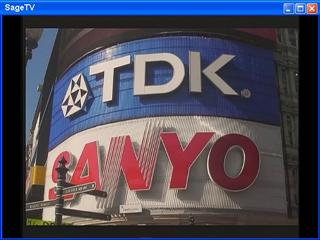 |
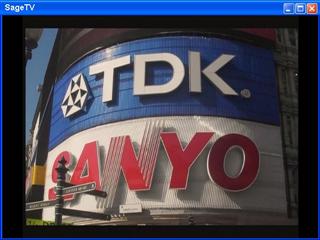 |
| 7 Ire Color Bars | |
| M780 | HVR-1600 |
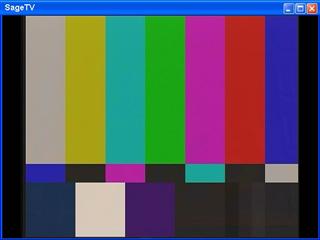 |
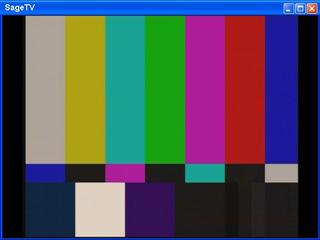 |
| Gray Bars | |
| M780 | HVR-1600 |
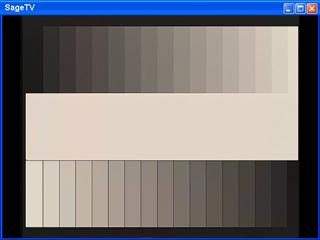 |
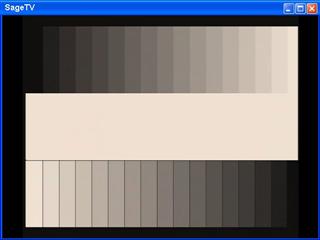 |
| Resolution Chart | |
| M780 | HVR-1600 |
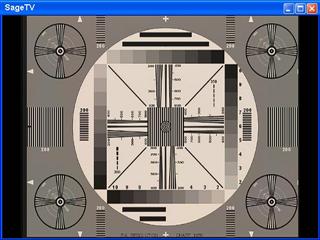 |
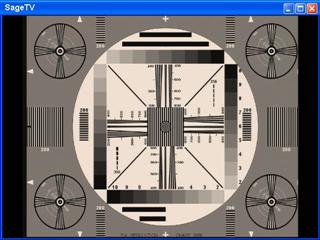 |
Analog Testing — Tuner input
RF (tuner input)
NOTE: This test is perhaps the least accurate compared to a real antenna or cable feed, the test signal is fed via s-video into an RF modulator this process downgrades the image, this is most evident in the slight blurring/softness and a slight darkening of the image.
| Piccadilly Circus Billboard | |
| M780 | HVR-1600 |
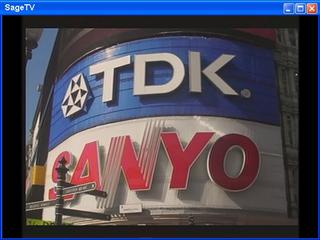 |
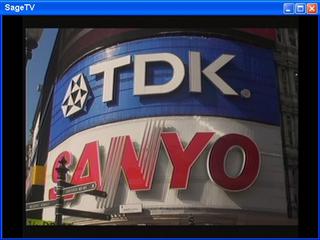 |
| 7 Ire Color Bars | |
| M780 | HVR-1600 |
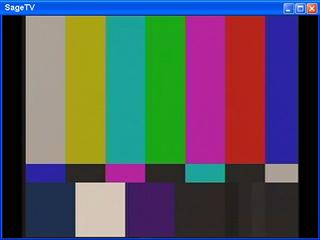 |
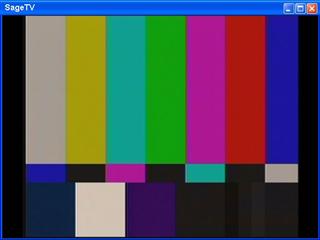 |
| Gray Bars | |
| M780 | HVR-1600 |
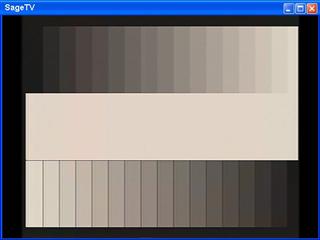 |
 |
| Resolution Chart | |
| M780 | HVR-1600 |
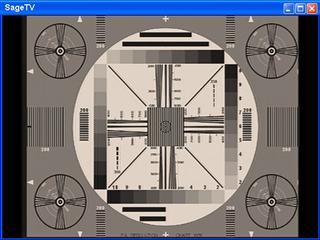 |
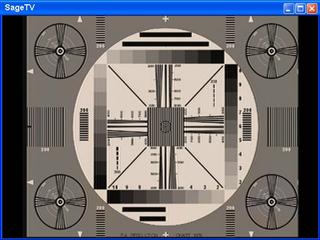 |
Digital TV Testing
Digital TV Testing
With digital TV either you have enough signal to receive a picture or you don’t. Digital results in a clear picture (depending on the source of course), no analog noise is introduced. However you don’t have much of any room for fudging signal strength. Dipping below 75% signal strength means there just isn’t enough of the data stream received without interruption for the ATSC error correction to keep up and you get a "no signal" error.
Both cards did very well, with a roof antenna and having towers all fairly close there aren’t really any complications that would trip up these TV cards.
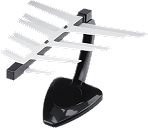 For a more torturous test I connected up my trusty Zenith SilverSensor and saw what the cards could pull in, this a "hey let’s see if there are any differences when things are less then ideal" test.
For a more torturous test I connected up my trusty Zenith SilverSensor and saw what the cards could pull in, this a "hey let’s see if there are any differences when things are less then ideal" test.
NOTE: This is far from a scientific test, this is a rather informal test and obviously conditions vary highly from region to region, so don’t take these results as the be all end all of signal strength.
Surprisingly the two cards varied more then I expected:
The AVerMedia M780 performed very well; pulling in 75% to 100% signal strength on various channels. I wasn’t expecting this at all from a simple indoor antenna.
The Hauppauge HVR-1600 didn’t fair quite as well; managing 58% to 81% signal strength under the same conditions.
Conclusions
Final Thoughts
AVerMedia M780
The M780 seems to be a fine TV tuner, it has all the elements to be a real winner. It uses proven digital TV components and a high quality MPEG2 encoder. The fact that it is a PCI Express [PCIe] peripheral only sweetens the deal. PCIe is a point-to-point connection; it isn’t a shared bus like "classic" PCI. This means that there shouldn’t be issues with compatibility, unlike PCI based solutions that tend to conflict with other PCI multimedia peripherals. A second boon for people looking for a small form factor is that the M780 is low-profile and includes the bracket for conversion to low-profile in the box.
As expected the analog image quality was excellent, and the use of LG’s proven ATSC demodulator seems to have paid off in spades, as the M780 has incredible digital TV reception.
Using proven components on PCI Express combined with being low-profile compatible, make the AVerMedia M780 a winner.
Hauppauge HVR-1600
Hauppauge has had a real dry spell, their PVR-150/500 series was eclipsed in image quality nearly two years ago, combined with compatibilty issues and quite frankly piss poor driver quality, thankfully Hauppauge is back with a great combo card. One word of caution: this is a classic PCI device and thus still prone to some compatibility issues, I had to reset my CMOS battery on my generally very compatible all-Intel test bench.
As evidenced from the analog testing the quality is very good no matter which connection you use. This couldn’t be said of the PVR-150/500 series. Digital TV reception is certainly acceptable, but was beaten by the M780 in my informal testing.
Hauppauge has a solid design here, however it is hardly innovative, no PCI Express here, and digital TV reception was good but was beat by the M780. Consider the HVR-1600 the safe bet of combo tuners, you know you can walk into Fry’s, Best Buy, or CompUSA and find it in a pinch but there may be better cards out there.
A big thanks to our friends at![]() for providing the review samples. If you want either of these products they have them for a great price at PC Alchemy!
for providing the review samples. If you want either of these products they have them for a great price at PC Alchemy!

